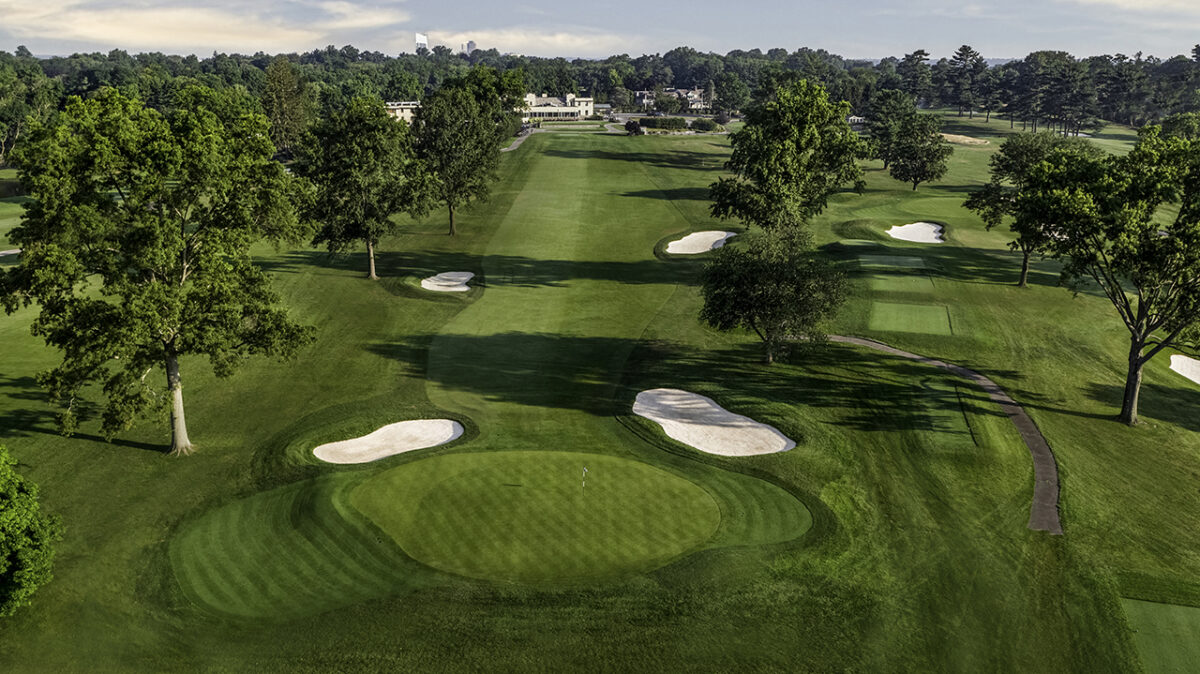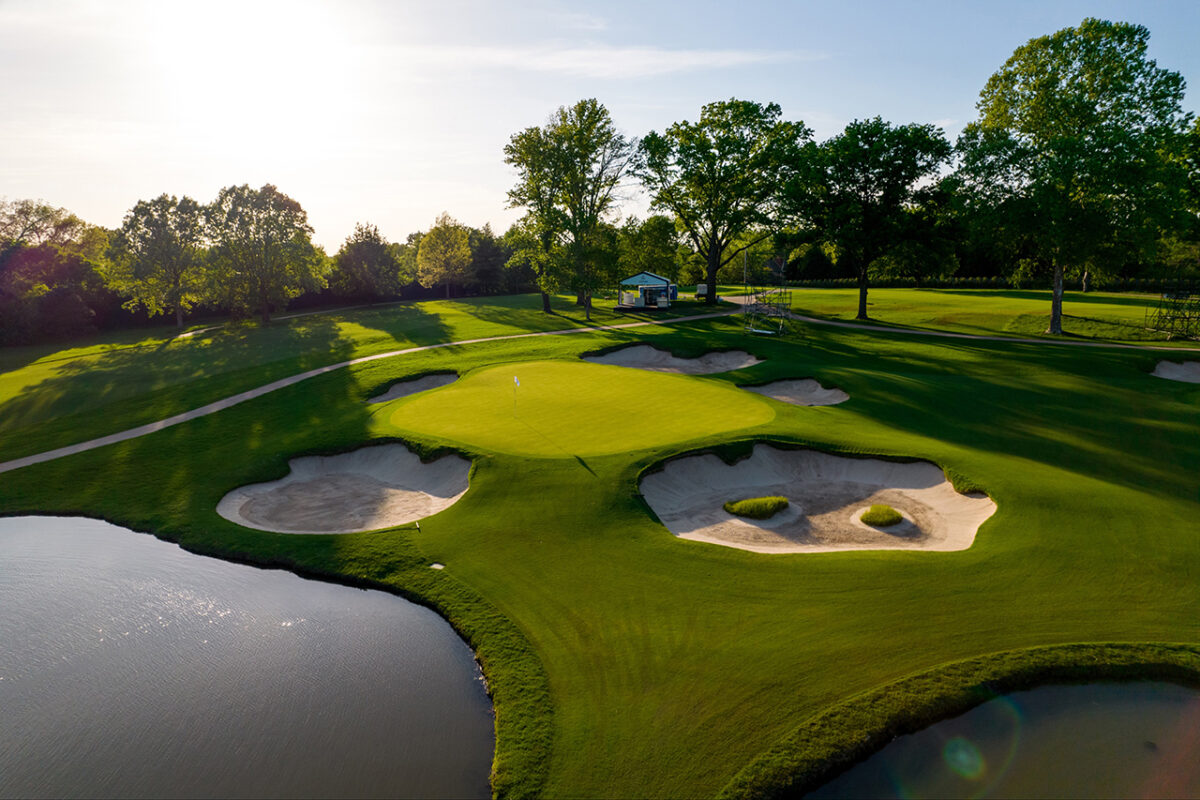SAMUT PRAKAN, Thailand – There’s been a lot of Lido talk in recent years in golf architecture circles. A new Lido opened this summer at Sand Valley in Wisconsin, attempting to recreate in great detail the original Lido course that was built in 1915 on Long Island, New York, with a design by C.B. Macdonald – that course was closed during World War II.
But Sand Valley’s rendition isn’t the only one.
Ballyshear Golf Links at Ban Rakat Club just east of Bangkok opened in 2021, and like its cousin in Wisconsin, this Gil Hanse and Jim Wagner design attempts to recreate many of the holes from the original Lido, sometimes in principle and at other times in detail.
At Ballyshear, Hanse and Wagner put into play many of the template holes established by Macdonald at the original Lido and beyond. The Eden, Channel, Alps, Short and Redan – each of those template holes and more are there to be played in Thailand. Such holes present shot values and demands identified by Macdonald that are now in play around the world, many of them borrowed from classic links courses. These holes are immediately recognizable to golf architecture buffs.

Ballyshear was built on the site of the former Kiarti Thanee Country Club on a flat piece of land less than half an hour’s drive from Suvarnabhumi International Airport. The former course on the property featured tree-lined fairways and was often wet, as land in this area outside Bangkok is often inundated during heavy rains – the property is surrounded by rice fields.
Hanse and Wagner – the team behind several restorations of top classic courses, including Los Angeles Country Club before the 2023 U.S. Open – removed the trees, shaping the land into an open parcel more reminiscent of a classic links course. Much better drainage was installed, and a fair amount of engineering was necessary to create frequently rolling terrain that would hold up in the area’s climate.
That’s important, because the course needs to play relatively firm and fast to get the most of the template holes, their designs having been established on links ground and the best of them playing across sandy conditions. The ball needs to roll to make the most of such holes.
The private Ballyshear was covered with a local zoysia grass that does, indeed, play relatively firm and fast, especially in comparison to most other courses in Southeast Asia. A well-traveled player won’t confuse the conditions with those found on the links of Scotland or Ireland, but the ball does want to roll out a fair bit at Ballyshear, bringing the ground game into play.
Using the Lido templates was an intriguing idea for the Ballyshear site, as the land was flat to begin with. The original Lido was created by dredging a saltwater expanse and piling up the land until it was dry, then establishing interesting contours. Hanse and Wagner were able to do the same in Thailand. The use of the template holes from the Lido expanded on that theme.
The best part of Ballyshear: the shaping of the greens. Hanse and Wagner built some tremendous swales, valleys and ridges into these greens, many of them utilizing the traditional template greens. The putting speeds of the zoysia greens at Ballyshear will likely never be too fast, allowing the slopes to serve their purposes without getting out of hand. In that regard, they play much more like classic greens would have decades ago before the pursuit of speed rendered some classic slopes unplayable.
In all, Ballyshear (par 71, 6,690 yards) makes for a very different experience than found in much of Thailand, which has rapidly expanded as a golf destination in recent decades. From the low-slung, unobtrusive and perfectly comfortable clubhouse to all the nods at classic design, it’s a beautiful place to spend a day chasing a bouncing golf ball.
Check out a selection of photos from my recent trip to Thailand that included a stop at Ballyshear below.




